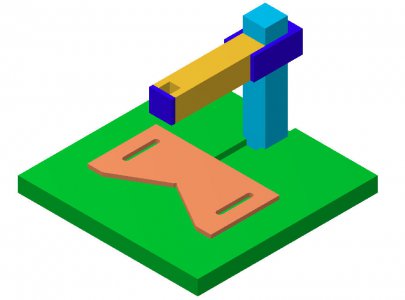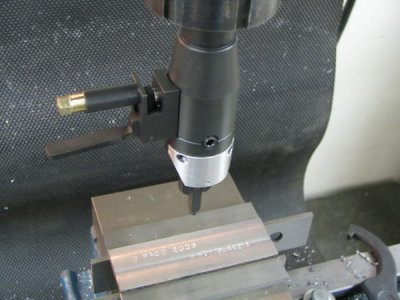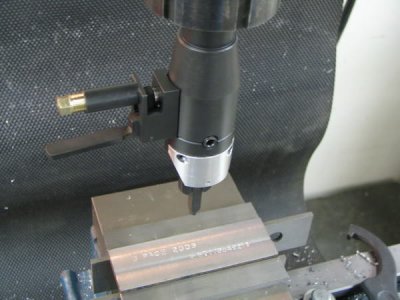I have been using and making stamps for many,many years. A master gun engraver ,Lynton Mackenzie,taught me his method: He would scribe a line into the metal. Then,draw the stamp tilted toward the operator (towards himself ) until he felt the stamp "click" against the line. The scribed line does not have to be very deep. You need to develop skill,and a good sense of feel. Then,the stamp was tilted back to vertical and struck heavily enough to indent it into the metal a little bit. Next,the stamp was leaned and struck on each of its "4 corners" to make sure the stamping did not come out light on one side when lifted out of the mark. Finally,the surface was sanded down to eliminate the scribed line,and JUST AS IMPORTANTLY,to eliminate the raised,displaced metal so often just left there these days on guns,etc. It just looks miserably bad.
To do this correctly requires CRISP stamps in good condition,preferably with sharp edges all around the mark,and NOT the rounded edges you get with cheap stamps made in Asia. I would avoid HF stamps entirely. I have spent many years searching in flea markets and on line for GOOD,OLD American made stamps WITH SERIFS(The little lines across the ends of the elements of the letters or numbers. By now I have accumulated stamps from 1/32" to 1/2" with serifs,and have made other sets myself.
I have heard of using DYMO tape for resting your stamps against to align them,but have not tried this myself. Certainly masking tape is TOO SOFT to get the best results with.
Another problem with cheap stamps is the letter is in the middle of a large,flat area that is either round or square. You cannot see where the stamp is actually being located because you can't see the edges of the actual figure.
If I get an otherwise decent set of stamps,but which has this wide margin,I grind the margin away carefully at an angle so as to bring the edges of the letter or number into view when in use. Don't make the angle too acute when grinding the excess metal away. It is not necessary,and can easily result in having part of the figure chip off and ruin the stamp.

 I keep the stamps impression side up, in alphabetical order , so I find the right one. Anybody keep their stamps in qwerty order?
I keep the stamps impression side up, in alphabetical order , so I find the right one. Anybody keep their stamps in qwerty order?

 I keep the stamps impression side up, in alphabetical order , so I find the right one. Anybody keep their stamps in qwerty order?
I keep the stamps impression side up, in alphabetical order , so I find the right one. Anybody keep their stamps in qwerty order?



